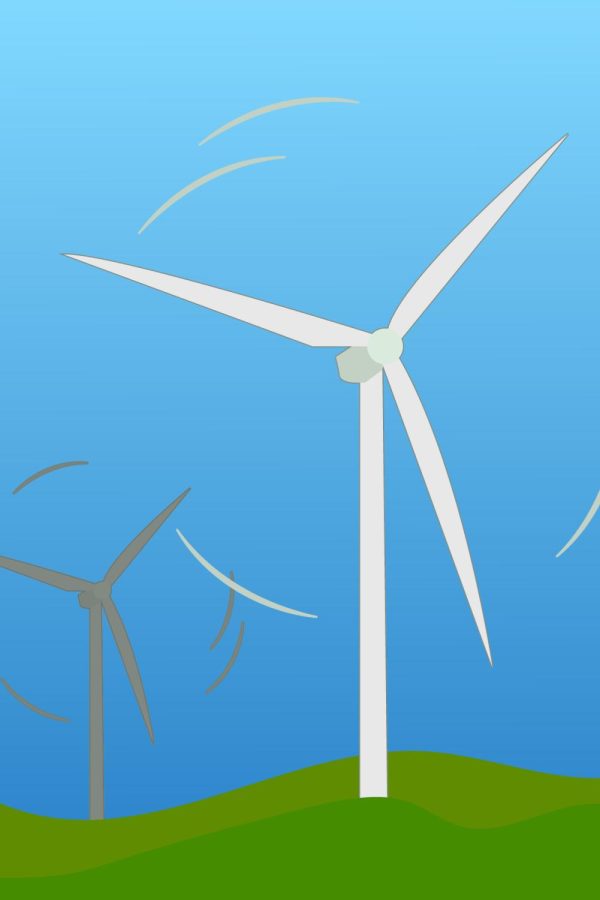Enhancing WI Energy Infrastructure
Engineering Seminar Series continues with review of energy in Wisconsin
UW-Platteville professor Dr. Thomas Zolpher gave a presentation on Feb. 7 as part of the Engineering Seminar Series, introducing the issue that the state of Wisconsin uses more energy than it produces. Dr. Zolpher’s research on the matter was funded by the Tommy G. Thompson Center in Madison, WI.
In order to combat instability within Wisconsin’s energy infrastructure, Zolpher proposed that the state government should focus on enhancing the infrastructure’s resilience.
He introduced ways to establish energy independence, which include running an energy audit on the state to calculate the chain of supply and demand or exploring the amount of energy consumed versus the amount of energy harvested.
Zolpher pointed out that Wisconsin is powered by coal, petroleum and one nuclear power plant. The state also possesses biomass plants that burn wood chips and produce hydropower, solar power and wind power.
“All this energy,” Dr. Zolpher said, “is needed to maintain the standard of living that we’ve come to know and love.” Yet, Wisconsin still uses 11 times more energy than it produces. To combat this, he suggests energy autonomy.
“Wisconsin can invest in renewable energy for more energy autonomy,” Dr. Zolpher explained.
His plan predominantly included harnessing wind and solar power and minimizing coal usage. The dairy industry within the state also possesses manure biogas potential. By utilizing whey waste, wastewater treatment plants could also become critical in securing the state’s infrastructure.
While the powerplant investments would be worth it in the long run, they would be expensive to institute. Until then, Dr. Zolpher suggests to buy energy from out of state until Wisconsin can build up its own portfolio.




